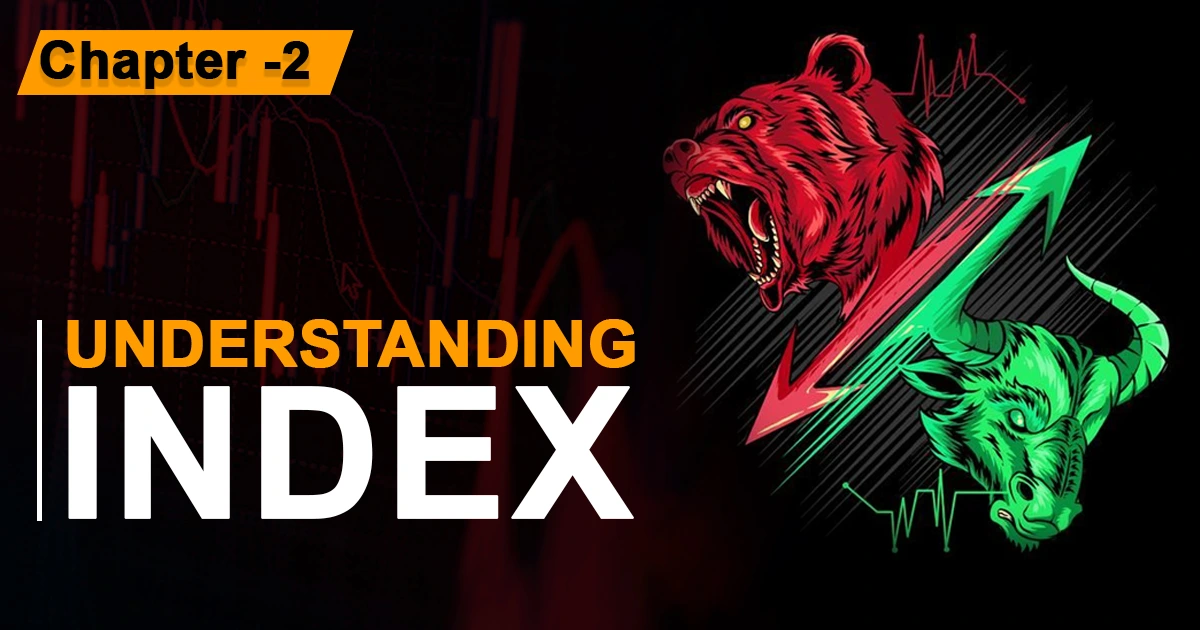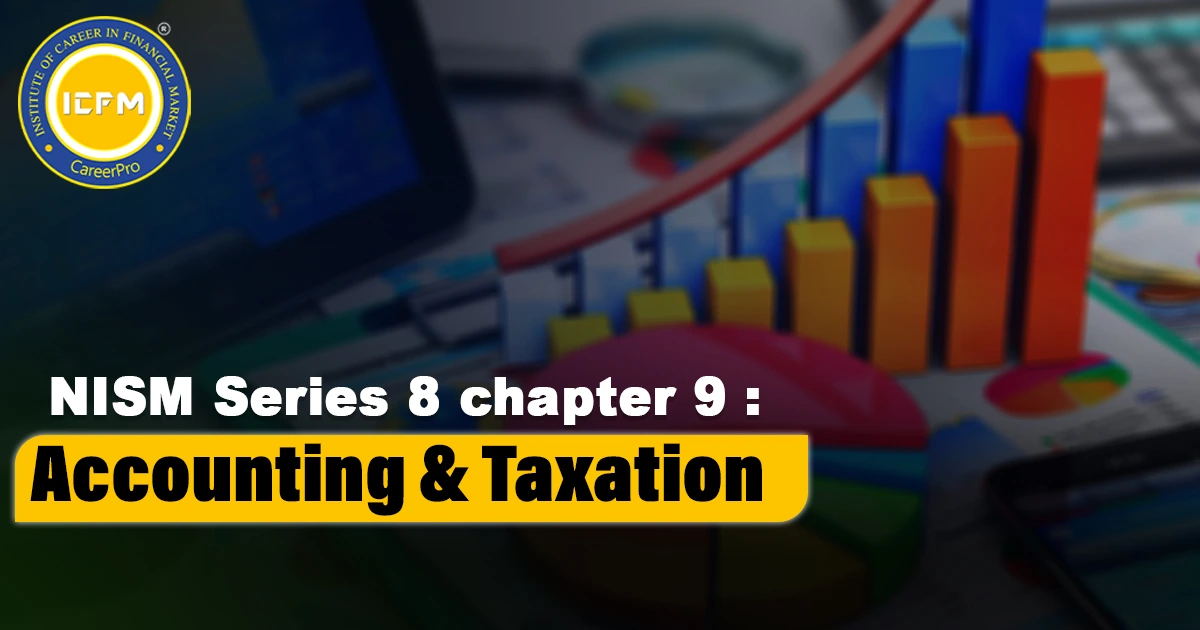NISM Series 8 Chapter - 2 Understanding Index
Content
Ø 2.1 Introduction to Index
Ø 2.2 Significance of Index
Ø 2.3 Types of Stock Market Indices
Ø 2.4 Attributes of an Index
Ø 2.5 Index management
Ø 2.6 Major Indices in India
Ø 2.7 Application of Indices
2.1 Introduction to Index
An index is a statistical tool that tracks changes in the economy or specific financial markets. In financial contexts, it represents a portfolio of securities that reflect a market or sector's performance, calculated based on a set base value. The primary focus is on percentage changes rather than absolute values, with stock indices providing insights into average share price movements.
2.2 Significance of Index Indices serve several key purposes:
They indicate overall market performance or specific sector trends.
They act as benchmarks for evaluating managed portfolios, including those of individuals and mutual funds.
They are foundational for derivative financial products.
2.3 Types of Stock Market Indices Indices can be categorized based on their calculation methodologies:
Market Capitalization Weighted Index: Stocks are weighted according to their market capitalization. Example calculations illustrate how to derive the present value of an index based on this method.
Free-Float Market Capitalization Index: This method accounts only for shares available for trading. Major indices in India, like Sensex and Nifty, have adopted this approach.
Price-Weighted Index: Stocks are weighted according to their price, leading to higher-priced stocks having more influence. Examples include the Dow Jones Industrial Average.
Equal Weighted Index: All stocks have equal weight regardless of size, calculated by averaging stock prices.
2.4 Attributes of an Index A robust market index should:
Reflect market behaviour accurately.
Be computed by an independent third party.
Be professionally maintained.
Impact Cost Impact cost refers to the price difference experienced when executing large transactions compared to the ideal price in a liquid market. It highlights the additional costs incurred in larger trades due to market liquidity constraints.
2.5 Index Management Index construction and maintenance are managed by specialized agencies. Key aspects include:
Index Construction: Selecting stocks based on qualitative and quantitative criteria.
Index Maintenance: Adjusting indices for corporate actions (e.g., stock splits).
Index Revision: Updating the composition of indices to reflect market changes.
2.6 Major Indices in India Popular indices include:
BSE Sensex, BSE Midcap, BSE-100, CNX Nifty, and others.
2.7 Application of Indices Indices have evolved beyond mere market indicators to include:
Index Funds: Investment funds that replicate index performance by holding the same stocks in proportion.
Index Derivatives: Contracts like index options and futures that use indices as underlying assets for hedging market risk.
Exchange Traded Funds (ETFs): Investment vehicles that trade on exchanges like stocks, allowing intraday transactions and lower costs. The first ETFs in India were Nifty Bees and Spice.
This chapter provides a comprehensive overview of indices, their significance, types, management, and applications in the financial markets.









